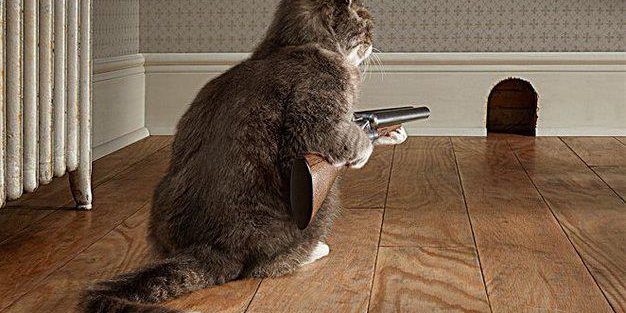Actual rodent sightings in the home are a good indicator that a severe infestation may be in progress. Mild cases of infestation might not result in actual rodent sightings.
Indicators of an infestation are:
- chewing or clawing sounds that come from inside or outside a home. Noises may even come from the roof, as tree-dwelling rodents may try to gain access to a home from above the living space;
- stale smells coming from hidden areas;
- evidence of structural damage that can provide entry points into the home;
- evidence of gnawing and chewing on food packaging;
- nesting material found in small piles, such as shredded paper, fabric or dried plant matter; and
- rodent droppings anywhere in the home, especially near food packages in drawers and cupboards, and under the sink.
Common places where gaps may be found inside the home are:
- inside, under and behind kitchen cabinets, refrigerators and stoves;
- inside closets near the floor’s corners;
- around the fireplace;
- around doors;
- around plumbing pipes under sinks and washing machines;
- around the piping for hot water heaters and air conditioning units;
- around floor vents and dryer vents;
- inside the loft;
- in the sub floor or crawlspace;
- near the laundry room floor drains; and
- between the floor and wall juncture.
Common places where gaps may be found outside the home are:
- in the roof among the rafters, gables and eaves;
- around windows;
- around doors;
- around the foundation;
- near loft vents and crawlspace vents;
- under doors; and
- around holes for electrical, plumbing, cable and gas lines.
Any potential nesting sites outside the home should be eliminated. Elevate woodpiles and garbage bins at least half a metre off the ground. Move woodpiles far away from the house. Get rid of old trucks, cars and old tyres that mice and rats could use as homes. Keep grass cut short, and keep shrubbery within 20 metres of the home well-trimmed.







